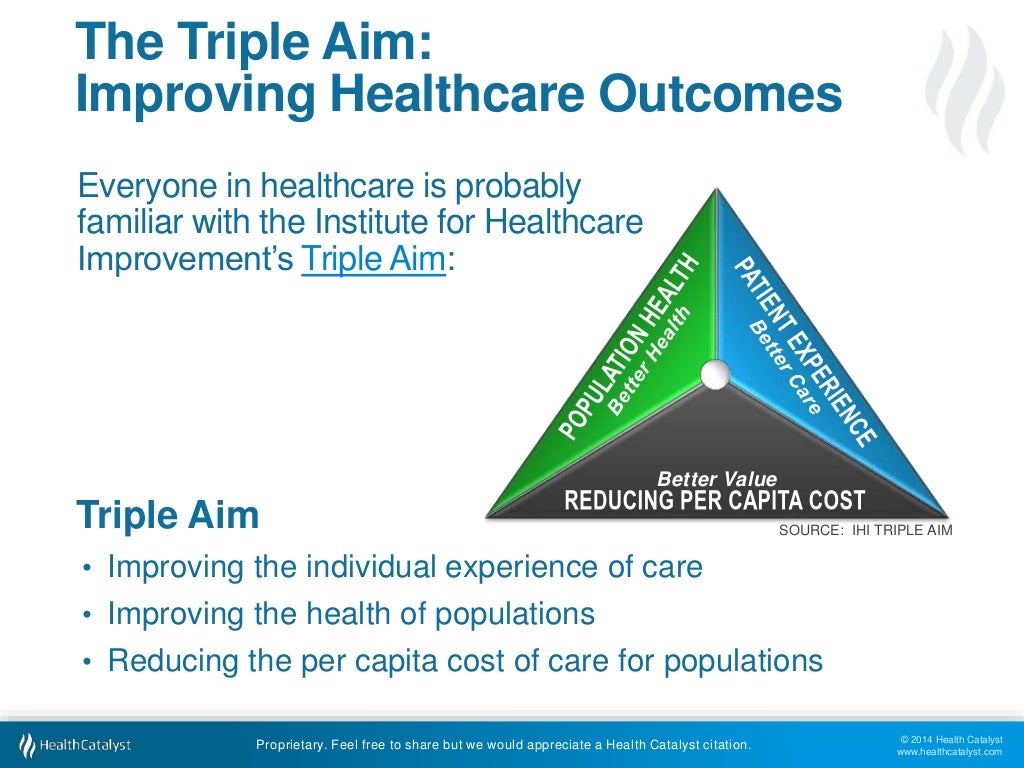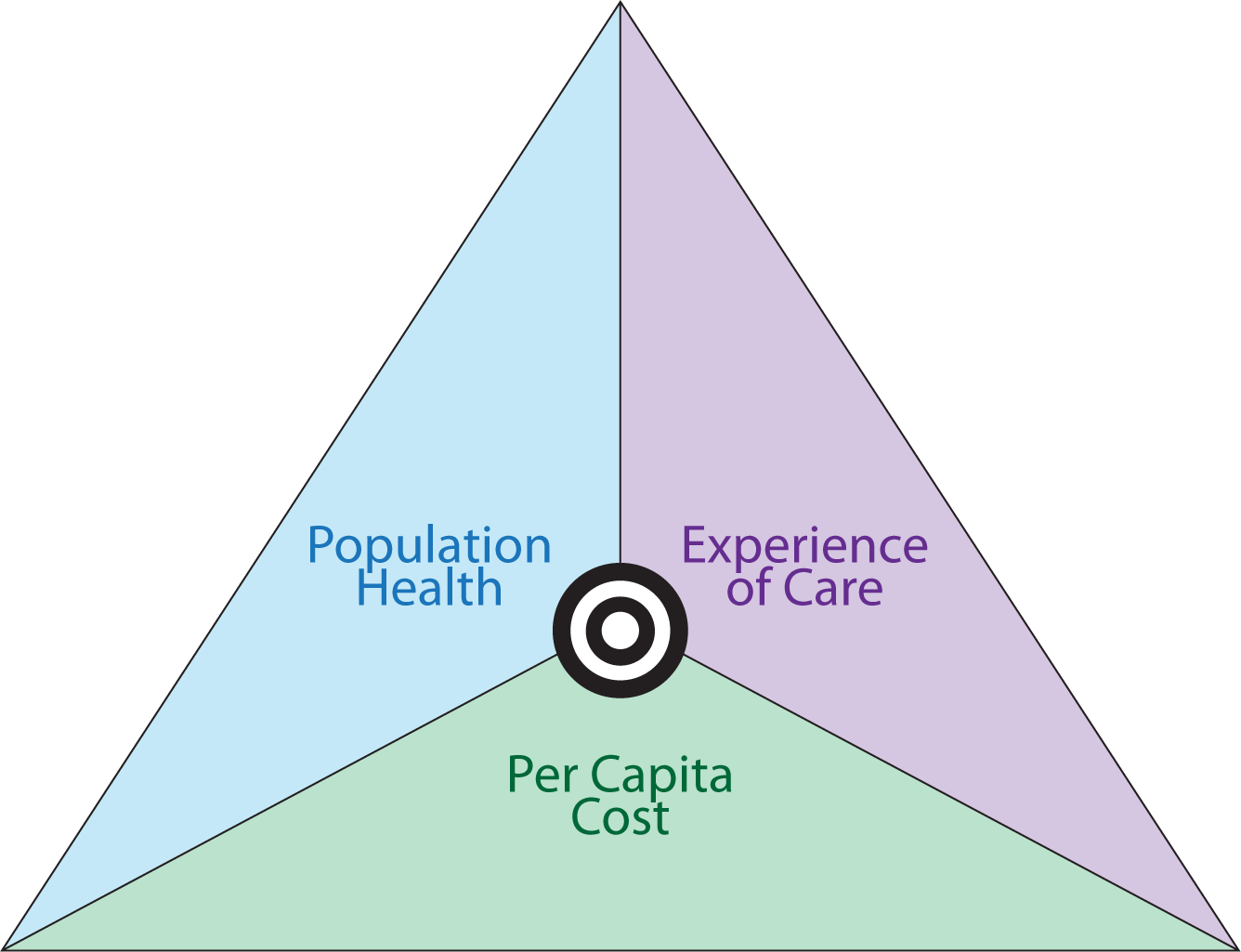

Managing population health is a critical component of value-based care-but it’s no easy task.


By getting more targeted insights out of every patient touchpoint and filtering out noise during analysis, AI can help healthcare organizations get a clearer read on what makes their patients happy, where they can improve clinical care and customer service, and what additional support or resources can help their patients stay healthy. It could also be used to analyze word choices in free-form responses to infer sentiment or bias to help an organization accurately interpret patient feedback. Machine learning classifiers can be trained to mine free-form survey responses and audio content to look for key themes or dimensions of care-for example, a classifier could aggregate mentions of a topic related to a potential business initiative a healthcare organization may be considering. Partially, it’s difficult to read between the lines of patient responses, identifying bias and defining real issues around individual preferences.ĪI techniques can be used to address some of these patient experience data challenges. Partially, this is because the most valuable qualitative patient feedback data is captured in free-form text fields that traditional analytic techniques can’t do much with. Patient surveys and interviews can capture useful feedback on where plans and providers can improve their services, but these formats can be challenging to distill into actionable takeaways. There are a number of tools in the market to capture patient experience, such as Net Promoter Score (NPS) surveys, the Health Outcomes Survey (HOS), the Consumer Assessment of Healthcare Providers and Systems (CAHPS), and other patient-centered survey tools. While the goal of providing better care to individuals is an important one, it’s difficult to measure and quantify. With this information in hand, the health system or plan can anticipate and close gaps in care or appropriately address social determinants factors unique to each patient. The insights gathered through the use of AI about the individual includes indications of the patient’s underlying risk factors, care needs, social determinants of health, and their experience with the healthcare ecosystem gleaned from structured and unstructured data sources.

AI is being utilized to bring insights about the patient into clinical care and decision-making. This component of the Triple Aim has some roots in the Institute of Medicine’s Crossing the Quality Chasm initiative, which emphasized the need for healthcare to be safe, effective, timely, efficient, equitable, and patient-centered. AI Applications: Patient Care & Experience Today, artificial intelligence (AI) techniques are being used to help healthcare organizations make sense of vast amounts of data and equip them to succeed under value-based arrangements. Once they have this data in hand, they need a way to mine it for relevant trends and insights to make more informed decisions about where to invest their capital, time, and resources to drive change. In order for health plans and providers to achieve these goals, organizations need access to relevant, timely and meaningful data.


 0 kommentar(er)
0 kommentar(er)
